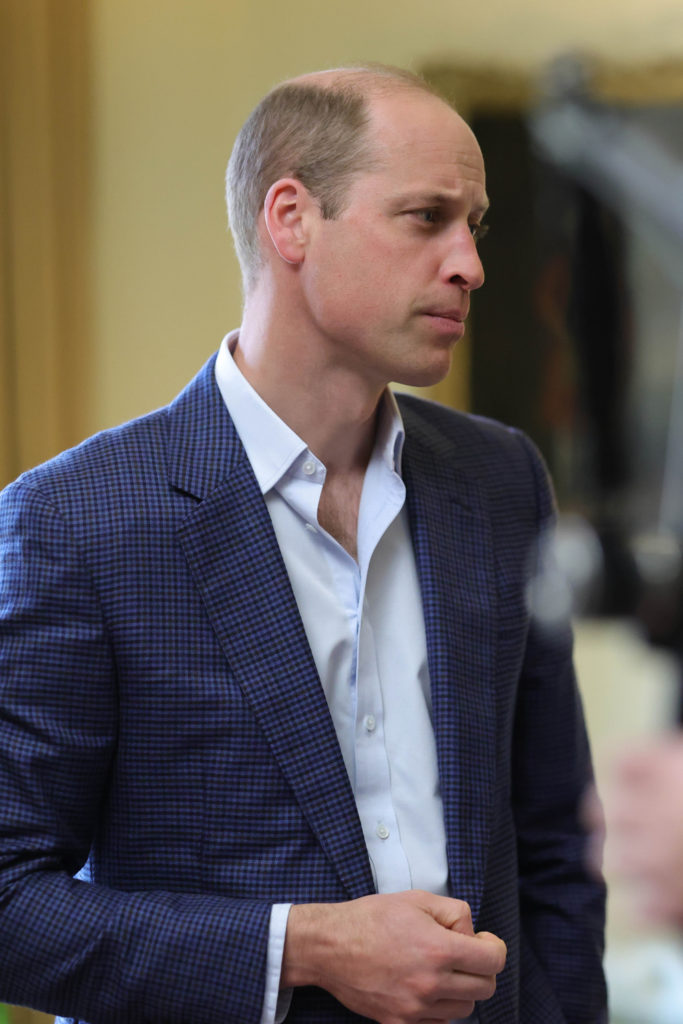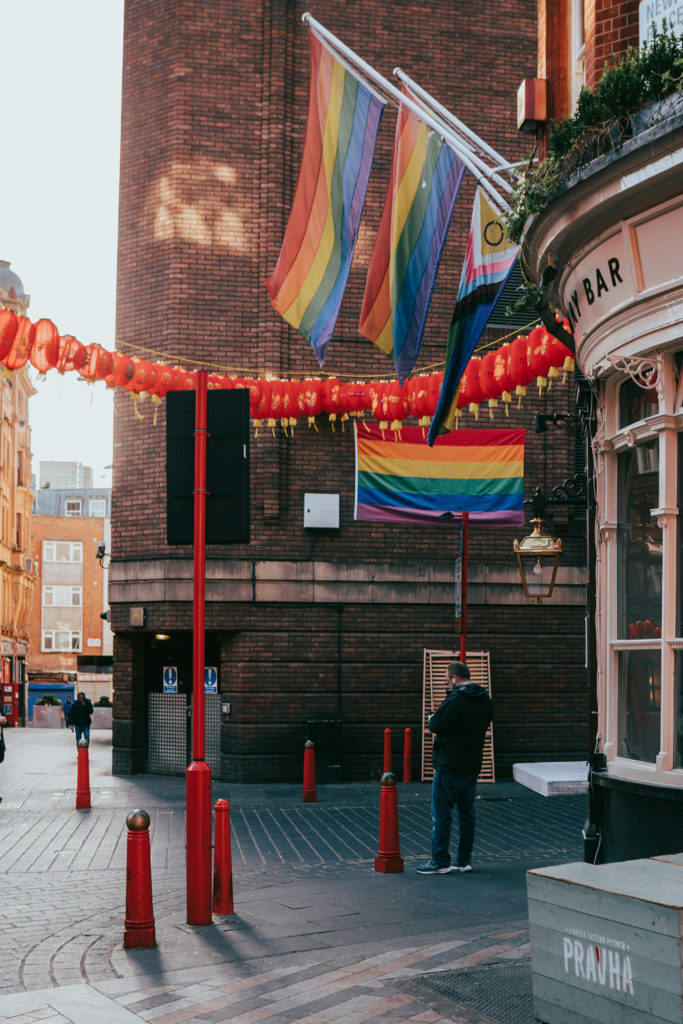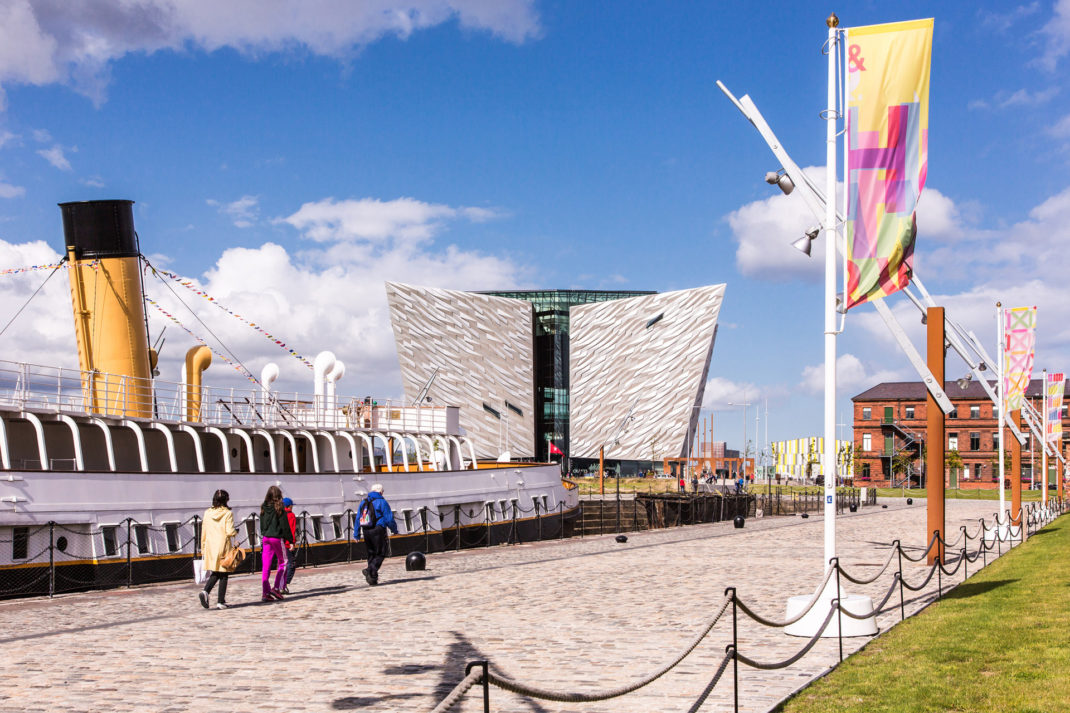James Birch on the New Francis Bacon Exhibition
By
3 years ago
'He didn't want to talk about his art – occasionally we'd talk about other people's art, but never his own'
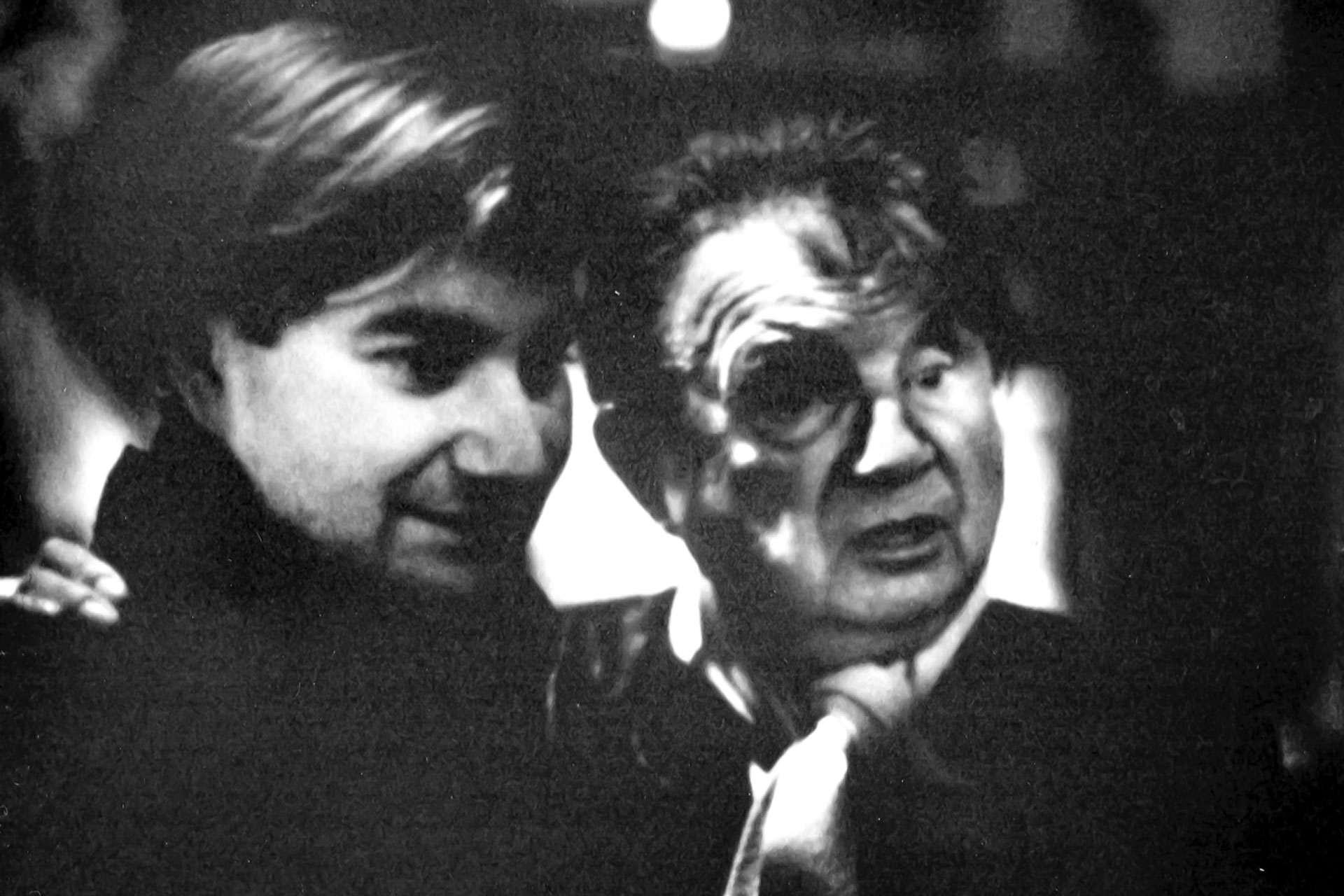
Francis Bacon: Man and Beast opened recently at the Royal Academy, illustrating Bacon’s belief that humanity was simply another branch of the animal kingdom. To coincide with the exhibition, there’s a new book called Bacon in Moscow by the art dealer and gallery owner, James Birch, which tells the story of James as a young art dealer putting on an exhibition of Francis Bacon’s paintings in Moscow in the late ’80s. Grayson Perry, to whom James gave his first show in 1984, has described the book as, ‘a rocking cultural adventure.’ It’s certainly a rollocking read, and we’re delighted that James Birch is here to tell us all about it.
Listen on iTunes Listen on SpotifyThis interview was taken from our Break Out Culture podcast with Ed Vaizey and Charlotte Metcalf.
James Birch on the New Francis Bacon Exhibition
In the book, there’s a photograph of you in the bath, aged seven, taken by Francis Bacon. That would now be illegal. You knew Francis Bacon from a very young age.
My parents had a summer cottage in a place called Fingringhoe, which is across the water from Wivenhoe, which is where these two artists, Richard Chopping and Denis Wirth-Miller lived. And Francis Bacon was a friend of theirs, and they would come over to my parents’ cottage. And I think there was a camera lying around, and I was in the bath, and Francis took his photograph. And people said later on to my mother, ‘isn’t that a bit strange?’ She said, ‘no, no, I completely trust him.’
First question about Francis Bacon is everyone talks about his studio, which was famously filthy and shambolic. Was it as filthy and shambolic as people say?
His house, which was in Reece Mews in South Ken, was an old mews cottage. You go in the front door, up these very steep stairs with an arm railing on one side and rope on the other. And I can imagine Francis staggering up the stairs, holding onto this rope. Then there’s his kitchen, which was quite small – more like a galley. And then what looked like a table was actually a bathtub, and he had wood over the top.
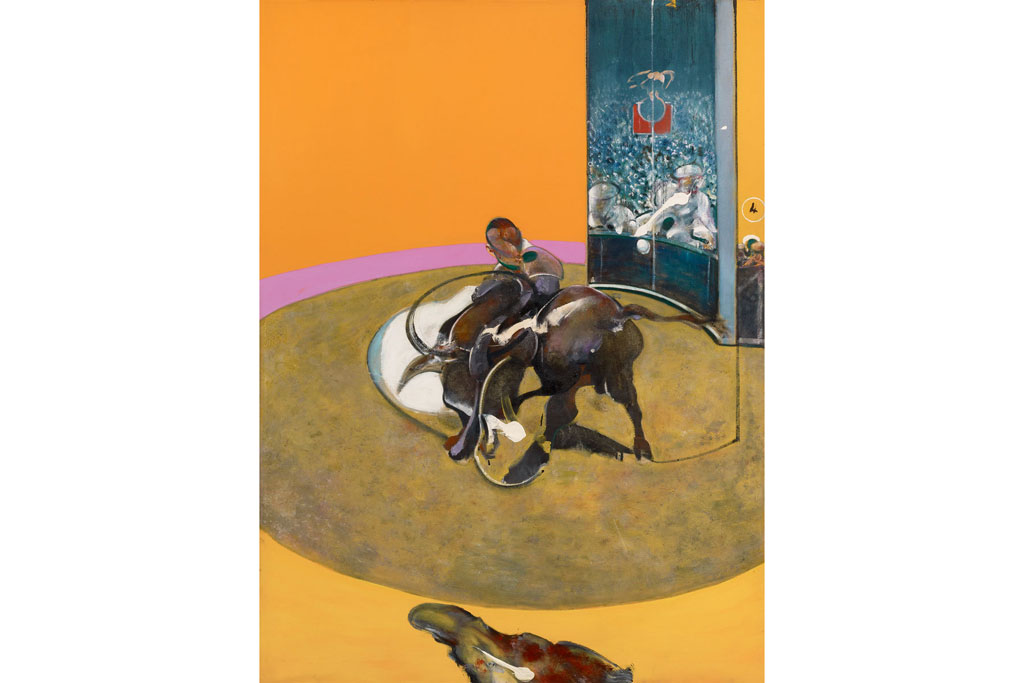
Can you tell us a bit more about what his studio was like?
It was more like looking at a skip than a studio, there was just rags and bits of paper and everything all over the place.
And the second thing about Bacon, of course, is as a notoriously heavy drinker around Soho.
The extraordinary thing was I had a gallery, which was underneath, about two doors down from the Colony Room, the notorious drinking club. Francis would sometimes just pop into the gallery in the afternoon and say, ‘do you fancy a drink?’ And off we’d go upstairs to the Colony Room, whereupon there would be endless amounts of champagne, and then somebody would say, ‘I’m bored here. Let’s go somewhere else.’ So we went to the Groucho Club. And then you had The French House and that was, in those days, not so busy as it is now, and good fun.
Who were the regulars, when you went on this mini pub crawl?
Sometimes his companion from Suffolk, John Edwards, and sometimes Bruce Bernard, who was at that time editor of The Independent magazine. People came and went.
So was Francis at the centre of all this?
He was part of the group, but everybody was in awe of him. Lot of people didn’t even recognise who he was, and he had a lovely anecdote that he must have been in a pub and somebody said, ‘what do you do?’. He said, ‘I’m a painter.’ He said, ‘oh, my house needs decorating.’
So you’re getting hammered in these pubs with Bacon, and in the middle of all this, you suddenly come up with this idea, ‘Francis, why don’t we go and do an exhibition in Moscow?’ How did that come about?
That’s not quite what happened. What happened was I’d been in Moscow and I wanted to take 10 young artists to Moscow, as in Grayson Perry and the Neo Naturists. And I realised within a day, this was going to be impossible. Who’s going to pay for it? And so when I went around to various artist’s studios, I would say, ‘what’s the one artist you really admire in the world?’. And they all said, ‘Francis Bacon’. And I said to Sergei Klokov, my fixer in Moscow, ‘what about Francis Bacon?’.
Then when Francis came to my gallery, we went off to have drinks in the Colony Room, and then supper down the road. I said, ‘how would you like to have an exhibition in Moscow?’ He said, ‘I’d be delighted’. And so the next day I rang him and I said, ‘Francis, I’m just checking, you said you wanted to have a show in Moscow’. He was rather annoyed by this and said, ‘yes, I do really want to have a show’.
We now obviously think of Bacon as part of the pantheon, but he was a controversial artist.
Oh, totally controversial. And it’s quite extraordinary that now, he’s become mainstream. And what is fascinating is that he never seems to go away. He’s never out of fashion, even to young people, they absolutely adore his work.
Why do you think that is? He is Marmite, isn’t he? You either absolutely love him or you hate him.
Yes, that is true. He’s definitely Marmite. I think it’s the imagery, which is so extraordinary and unique. There’s nothing else like his work around. And even when people try and copy it, you just know that’s a copy, because it’s trying to be Francis Bacon and so doesn’t work.
Did Bacon ever sit down and talk to you about what motivated him to paint? What drove him, what he wanted to depict?
No. He was quite good like that. He didn’t want to talk about his art. Occasionally we’d talk about other people’s art, but never his own. And he didn’t really like being questioned about what motivated him to paint.
If I had walked into the Colony Room or the Groucho with Bacon sitting there, and you’d been kind enough to introduce me and draw me into the inner circle, would I have found him welcoming and warm, or taciturn and suspicious?
No, you would find him welcoming and warm. He was always intrigued and interested in people.
MORE BREAK OUT CULTURE:

